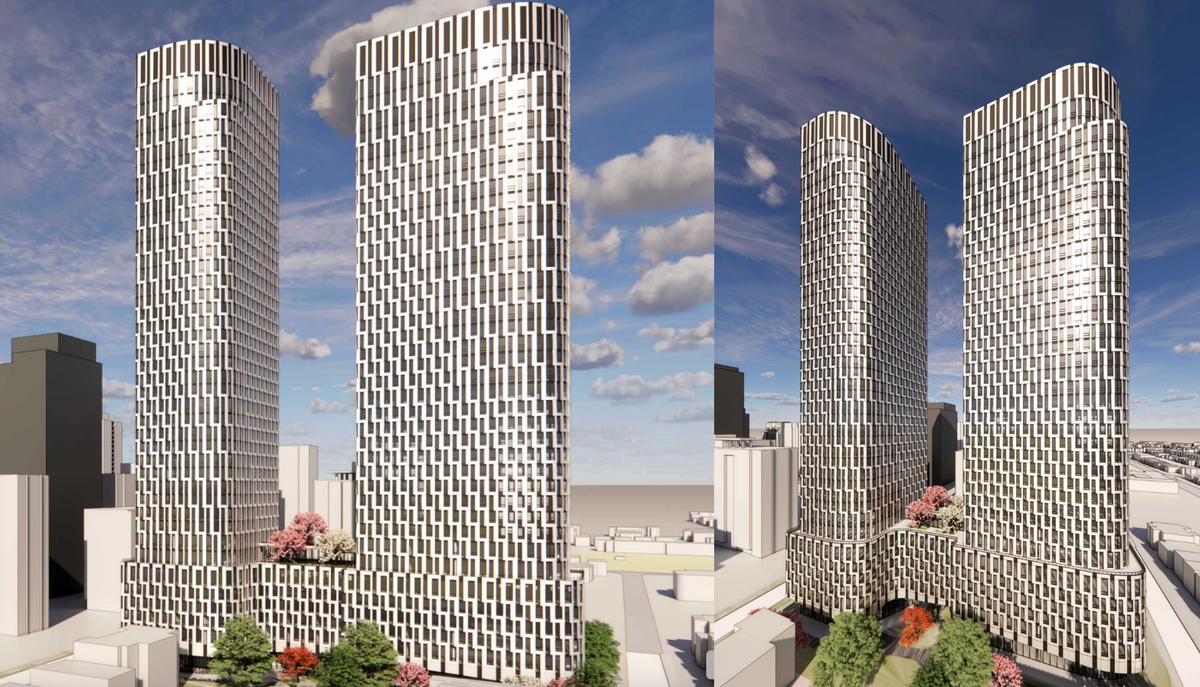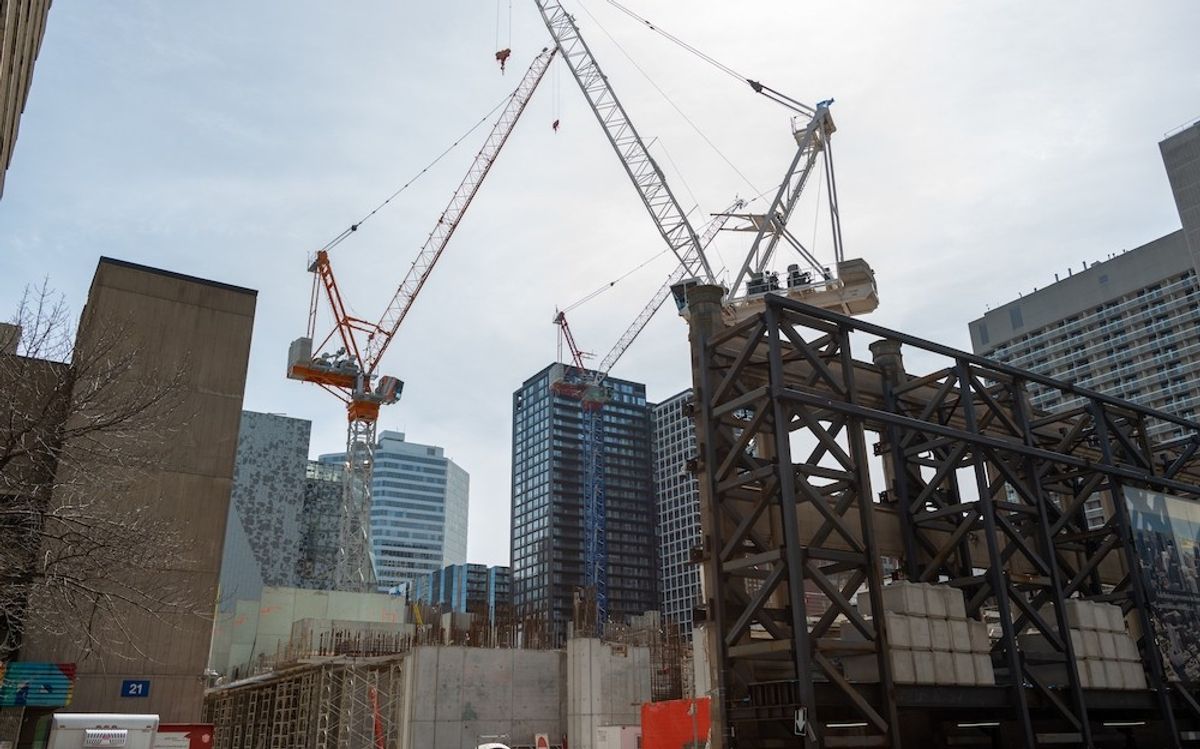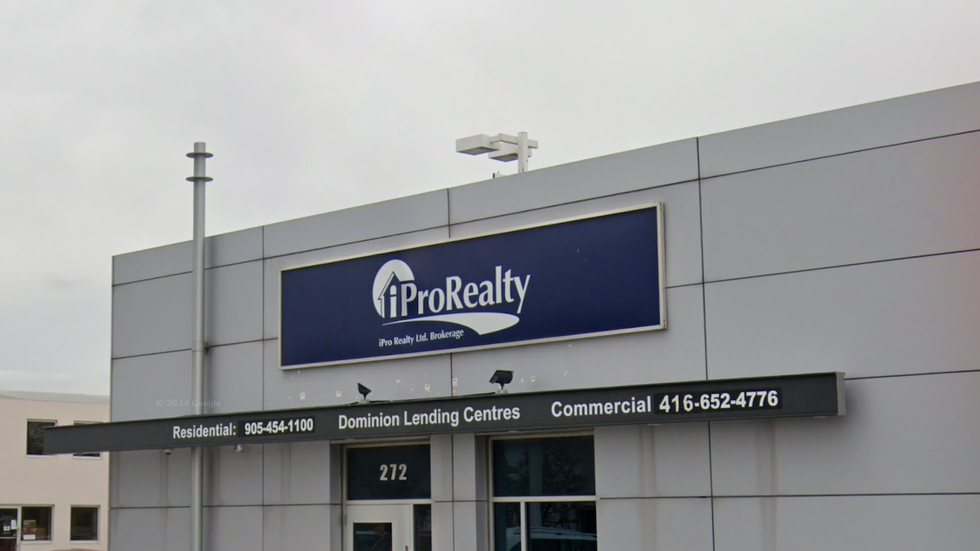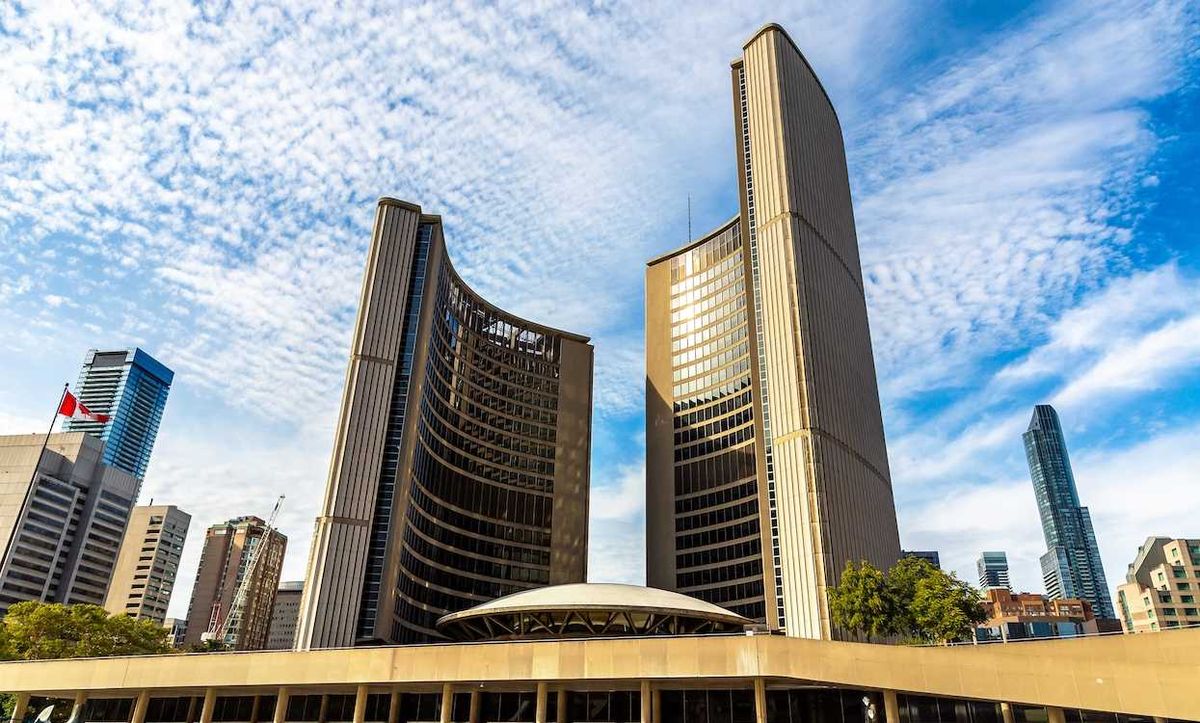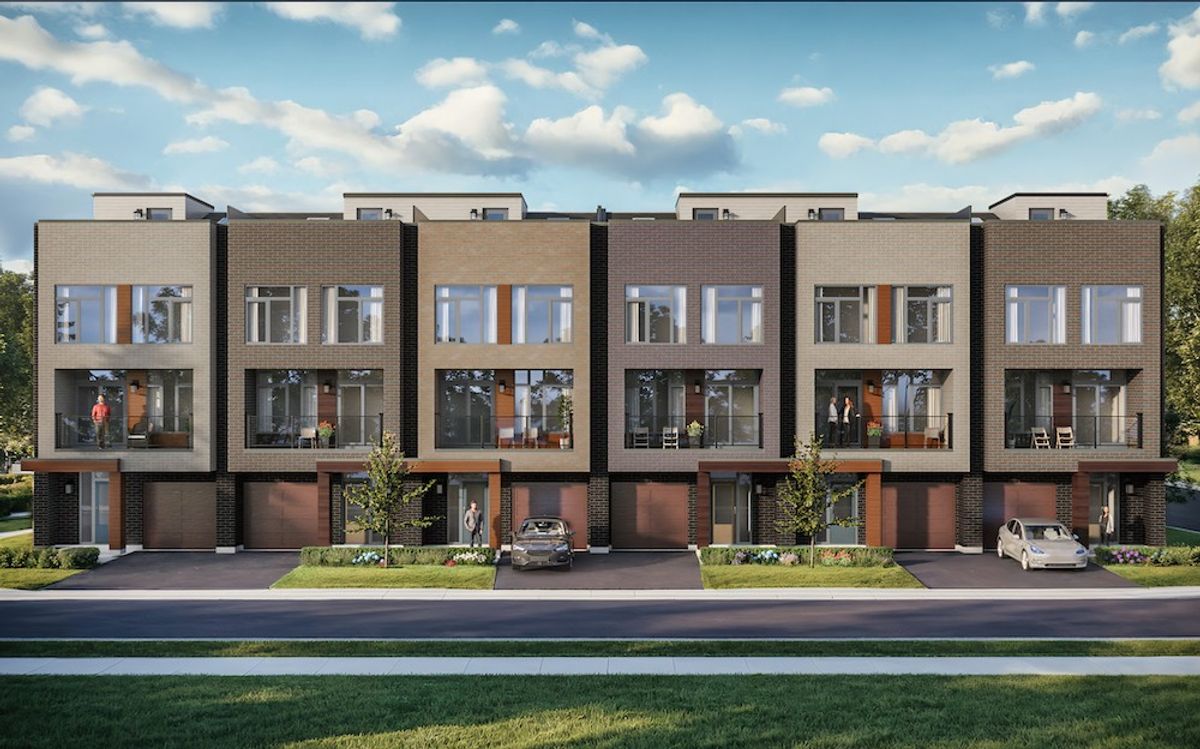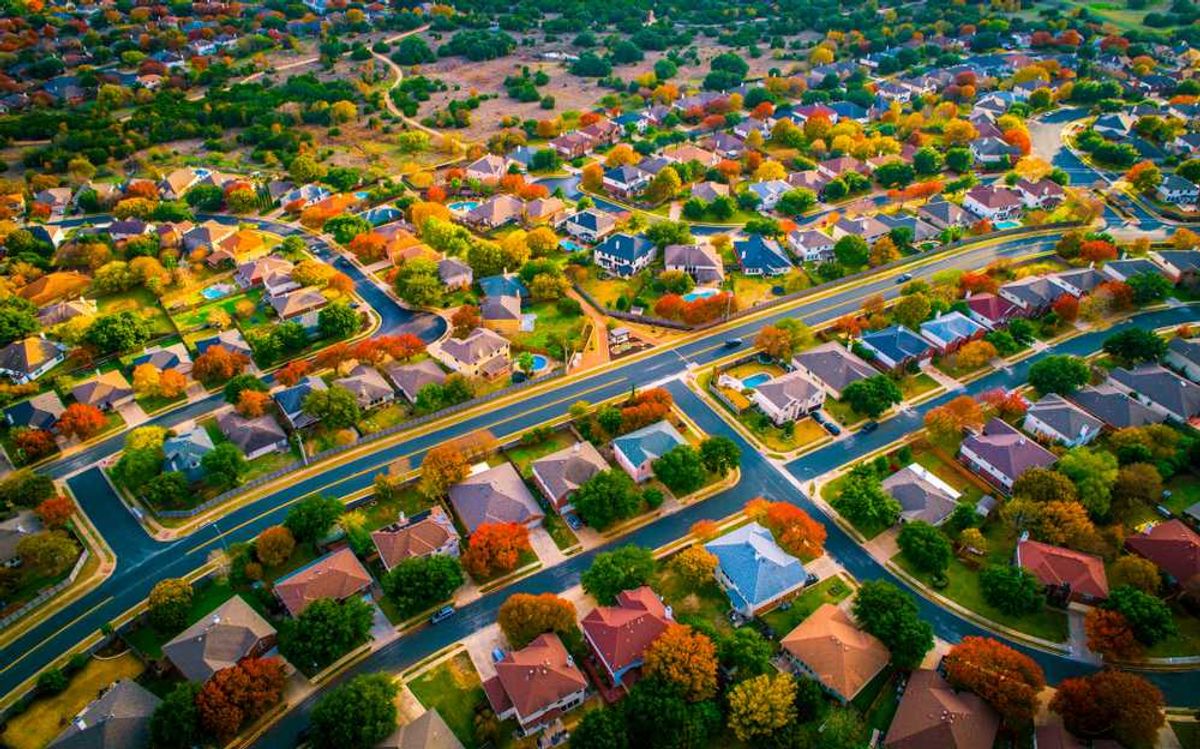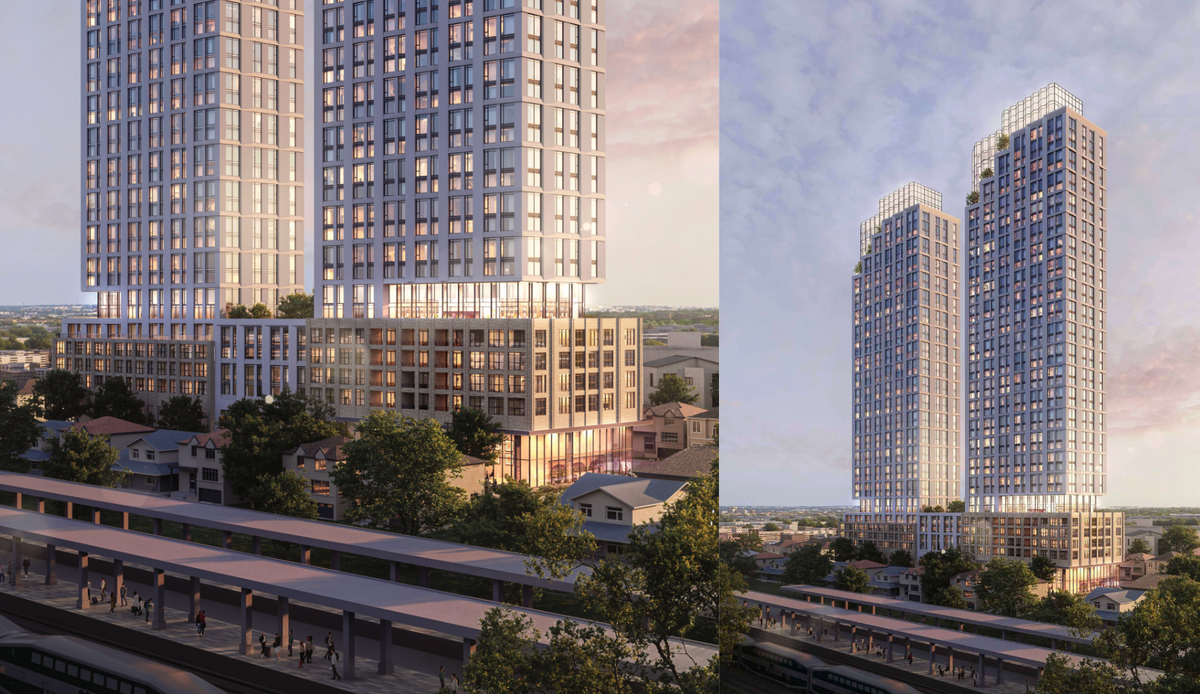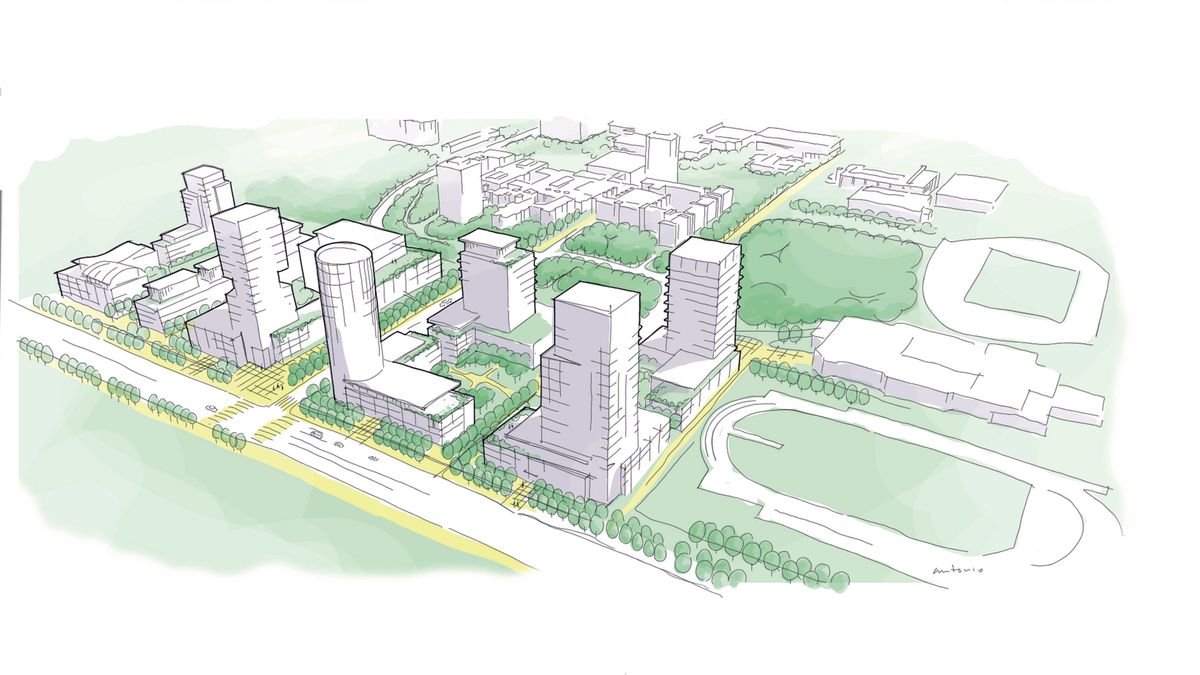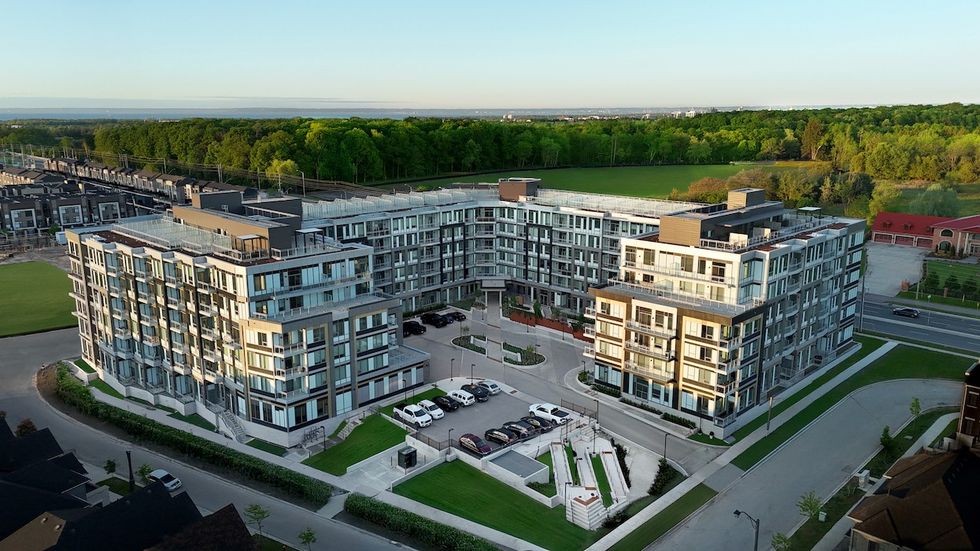On Wednesday, the City of Brampton announced it is reducing development charges (DCs) by up to 100% on purpose-built rental units in order to encourage their construction and "address the city’s growing housing needs."
DCs are taxes that builders pay to a city in order to help fund increased infrastructure needs that may be required as a result of growth, including services like roads, transit, water, and sewer systems. But over the last 15 years, DCs across the GTA have skyrocketed, placing additional strain on already struggling development pipelines.
“Brampton is taking a bold step to address one of the biggest challenges facing our residents: the shortage of safe and affordable rental housing," said Mayor of Brampton, Patrick Brown, in a press release. "This new incentive program will attract investment, support family-friendly rentals and help us build the strong, vibrant communities our residents deserve.”
As of August 1, the municipal DC for a large apartment (over 750 sq. ft) in Brampton is $38,395 and $23,628 for a small apartment (less than 750 sq. ft). But on top of that, builders pay a DC to the Region of Peel, to GO Transit, and to the region's education boards, totalling $100,659 in DCs for a large apartment and $59,084 for a small apartment. In 2018, Brampton developers would have been charged just $54,197 and $36,738 in DCs for these unit sizes, respectively.
Brampton's new Development Charges (DC) Incentive Program reduces the financial burden on builders by lowering municipal DCs based on unit size, effective immediately until November 14, 2026. Under the new program, reductions would be tiered, with one-bedroom units seeing a 50% discount, a 75% discount for one-bedroom+den and two-bedroom units, and a 100% discount for both three-bedrooms and two+bedroom units with mixed use.
Additionally, in June, Peel Region passed their own DC reforms, reducing regional residential development charges by 50% from July 10, 2025 to November 13, 2026, further reducing costs for Brampton developers.
Brampton's announcement follows a handful of other GTHA municipalities that have taken action to lower DCs in some capacity. Last May, Burlington lowered their DCs by $1,500, Vaughan returned their DCs to September 2018 levels in November, Mississauga reduced all residential DCs by 50% and by 100% for three-bedroom units in purpose-built rentals in January of this year, and Hamilton lowered all residential DCs by 20% in August.
In addition to the DC reductions, Brampton City Council passed a motion Wednesday asking the Province to reconsider its "one-size-fits-all" Additional Residential Units (ARU) legislation. An ARU could be any additional dwelling on an existing residential property, such as a basement apartment or garden suite. According to the press release, the legislation has allowed more than 26,000 registered ARUs in Brampton, which makes up more 60% of all new residential units in 2025. The City is asking that the Province allow Brampton to pause new ARUs in concentrated areas, "so the City can address property standards and safety issues, while incentivizing better, safer alternatives through purpose-built rentals."

